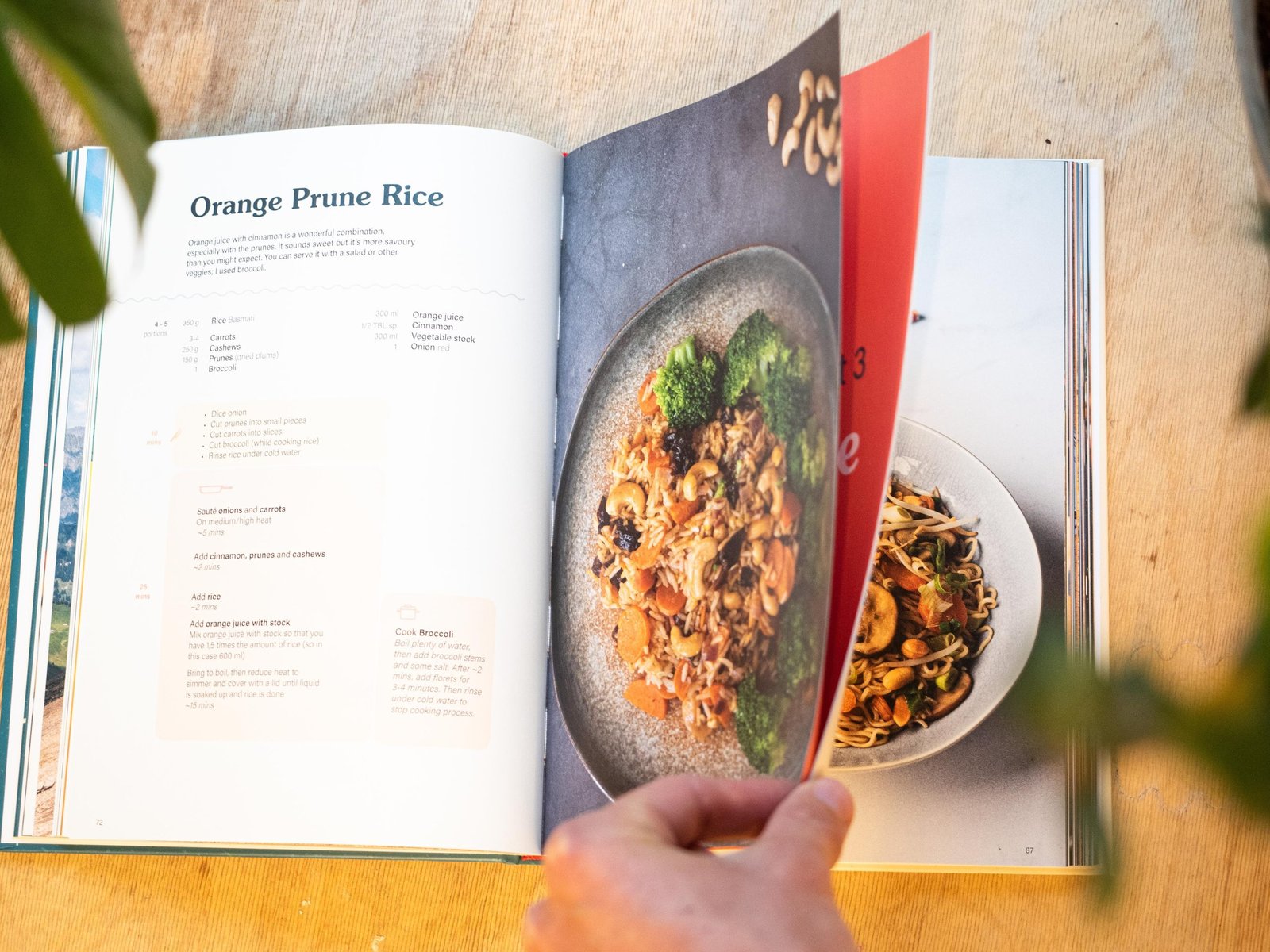Cooking with Herbs and Spices: Flavor Enhancements and Combinations
Exploring the World of Herbs and Spices: A Guide to Flavor Enhancements in Cooking
Herbs and spices have been used for centuries to enhance the flavors of dishes and add depth to culinary creations. From the aromatic basil in Italian cuisine to the fiery chili peppers in Mexican dishes, these flavor enhancers have the power to transform a simple meal into a gastronomic delight. Exploring the world of herbs and spices opens up a whole new realm of possibilities in the kitchen.
Herbs, such as basil, thyme, and rosemary, are derived from the leaves of plants and are known for their fresh and fragrant flavors. Spices, on the other hand, are derived from the seeds, bark, or roots of plants and offer a wide range of tastes, from sweet and warm to pungent and spicy. Each herb and spice brings its unique flavor profile to a dish, allowing for endless combinations and culinary adventures.
Unleashing the Power of Herbs: How to Use Them to Elevate Your Dishes
To truly unleash the power of herbs, it is essential to understand how to use them effectively in cooking. Fresh herbs are best added towards the end of the cooking process to preserve their delicate flavors. They can be used as a garnish, infused into oils or vinegars, or even made into pestos and sauces. Dried herbs, on the other hand, are more concentrated and can be added earlier in the cooking process to allow their flavors to develop fully.
For example, a simple pasta dish can be elevated by adding a handful of fresh basil leaves just before serving. The vibrant green color and aromatic scent of the basil will not only enhance the taste but also add visual appeal to the dish. Similarly, a sprinkle of dried oregano in a tomato sauce can bring out the flavors of the other ingredients and create a more robust and well-rounded taste.
Spice Up Your Culinary Adventures: Discovering the Perfect Herb and Spice Combinations
The key to creating memorable dishes lies in discovering the perfect herb and spice combinations. While some combinations are classic and well-known, such as the pairing of rosemary and garlic in Mediterranean cuisine, others can be more unexpected and adventurous. Experimenting with different combinations can lead to exciting flavor profiles and unexpected culinary delights.
For instance, the combination of cinnamon and cumin can add warmth and depth to a Moroccan tagine, while a blend of coriander, turmeric, and cayenne pepper can create a vibrant and aromatic Indian curry. The possibilities are endless, and by exploring different cuisines and flavor profiles, one can unlock a whole new world of taste sensations.
From Garden to Plate: Growing and Harvesting Herbs for Fresh Flavors
One of the most rewarding aspects of cooking with herbs is the ability to grow and harvest them fresh from your own garden. Not only does this ensure the highest quality and freshness, but it also allows for a deeper connection with the ingredients and a sense of pride in creating dishes from scratch.
Growing herbs at home is relatively easy, even for those with limited gardening experience. Many herbs, such as basil, mint, and parsley, can be grown in pots or small containers, making them suitable for urban dwellers with limited space. By nurturing these plants and watching them flourish, one can experience the joy of harvesting fresh herbs and incorporating them into meals, elevating the flavors to new heights.
The Art of Balancing Flavors: Understanding the Science behind Herb and Spice Pairings
While experimenting with different herb and spice combinations is exciting, it is essential to understand the science behind flavor pairings to achieve a harmonious balance in dishes. The key to successful flavor combinations lies in understanding the concept of flavor profiles, which consist of five basic tastes: sweet, salty, sour, bitter, and umami.
For example, if a dish is too sweet, adding a touch of lemon juice or vinegar can help balance the flavors. Similarly, if a dish lacks depth, adding a pinch of salt or a dash of soy sauce can enhance the umami taste. By understanding the science behind flavor pairings, one can create well-balanced dishes that tantalize the taste buds and leave a lasting impression.
Elevate Your Cooking Game: Creative Ways to Incorporate Herbs and Spices into Everyday Meals
Incorporating herbs and spices into everyday meals is a fantastic way to elevate your cooking game and add excitement to your dishes. While traditional uses, such as seasoning meats or adding flavor to soups and stews, are well-known, there are also creative ways to incorporate these flavor enhancers into unexpected dishes.
For instance, adding a sprinkle of dried thyme to roasted vegetables can bring out their natural sweetness and add a savory twist. Infusing olive oil with garlic and chili flakes can create a flavorful base for salad dressings or drizzling over grilled meats. The possibilities are endless, and by thinking outside the box, one can transform even the simplest of meals into a culinary masterpiece.
In conclusion, cooking with herbs and spices opens up a world of flavor enhancements and combinations. By exploring the vast array of herbs and spices available, understanding how to use them effectively, and experimenting with different combinations, one can elevate their dishes to new heights. Whether growing herbs in a garden or incorporating them into everyday meals, the art of balancing flavors and understanding the science behind pairings is key to creating memorable culinary experiences. So, spice up your cooking game and embark on a flavorful journey that will delight your taste buds and impress your guests.
